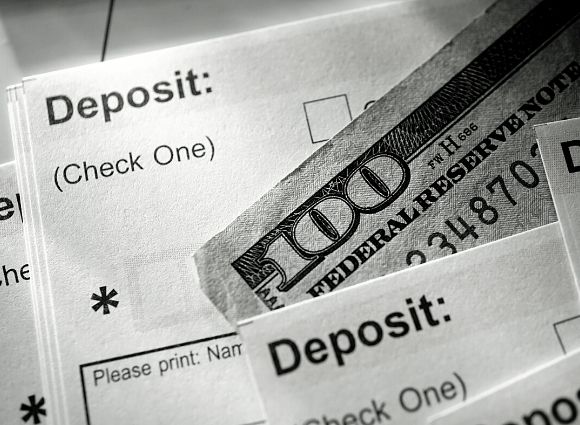
Take Control of Your Internal Controls
Having weak or no internal controls leaves your organization open to thieves or dishonest employees who are looking for opportunities to make some extra money. The good news is there are simple controls you can put in place to deter and prevent fraud.
Consider all the areas in your business that provide opportunities for fraudulent behavior. From the backroom to the front desk, think through every touch an employee has with a financial transaction.
Look for odd or irregular patterns that might indicate fraud. Get in the habit of spot-checking accounts payable and payroll reports to look for anomalies. Instances such as one register having more refunds issued or coupons processed compared to the others, or an increase in voided transactions happening at certain times of the day can be a signal that will require additional investigation.
Review your authorization processes. Can employees manage voids on their own or are they required to have a manager approve voided receipts? Who is reviewing and tracking voids and refunds?
Get a handle on your inventory. Don’t let products or office supplies walk out the door. Know what items your staff can freely access and consume and put processes in place to track employee usage. We’re not suggesting you count every paper clip, but keeping tabs on higher dollar items such as laptops is certainly worthwhile. You may also want to compare annual office supply expenses to identify anything out of the ordinary.
Standardize your processes. Document your standards and processes and share them with your staff. When do you expect staff to reconcile cash? What is the procedure for closing the register for the night? Who does it? Do you have checks and balances built into your processes to help reduce fraud?
Implement surprise cash counts. Employees who commit fraud often do so when they’ve learned the routine of how your business operates. Just like dropping off bank deposits at random times can throw off a robbery, the same routine disruption works inside your business. Even if you don’t accept cash payments, you likely have some sort of petty cash for the office. You can disrupt a potential thief by taking an occasional count.
Perform daily deposit verification if your organization accepts cash payments. If an employee is taking cash out of the daily bank deposit, and no one is comparing the bank account to the deposits on a daily basis, thousands of dollars can disappear before it is caught at the end of the month. Comparing online bank activity to internal sales reports every day can catch a thief before a large amount of cash is lost.
Employees steal less if they know you’re watching. In a study conducted at Washington University in St. Louis, researchers measured the effect of theft and fraud before and after the installation of POS monitoring software at 392 restaurants in 39 states. The researchers discovered that after installing the monitoring software, revenue per restaurant increased an average of about 7 percent. Restaurants also experienced a 22 percent drop in theft. This behavior likely spans across industries – knowing that someone could be watching can change employee behavior.
Send the message that theft won’t be tolerated. From the moment you hire an employee, communicate your core values and set an expectation that you’re not going to put up with fraudulent activity. Another study conducted at Washington University showed that if new employees are exposed to stealing peers within the first five months of starting their job, they also are likely to become habitual thieves.
There are certainly other small changes and precautions you can take to decrease the chances of fraud happening in your organization. But these are simple steps you can take now to save yourself a headache in the future.



